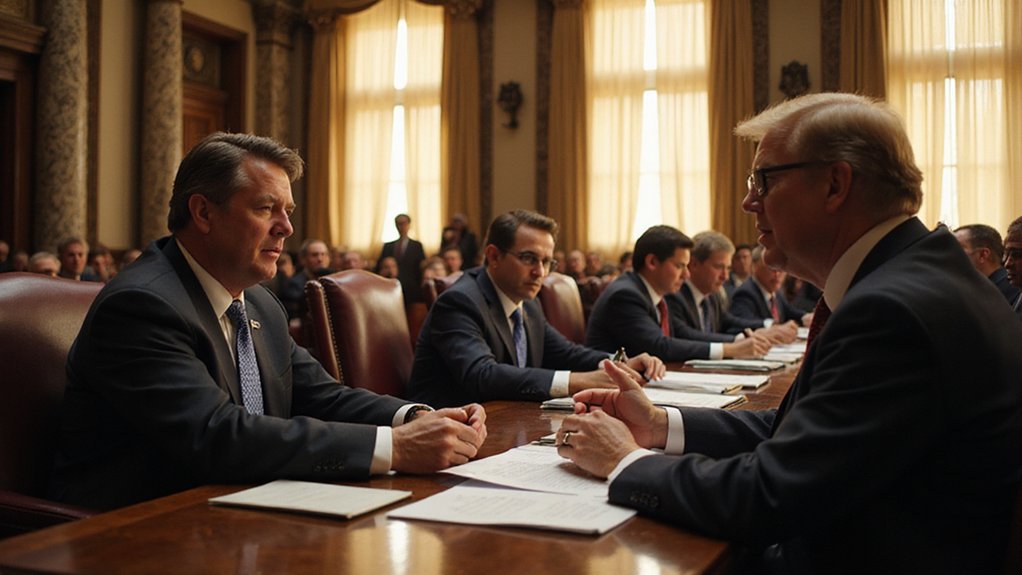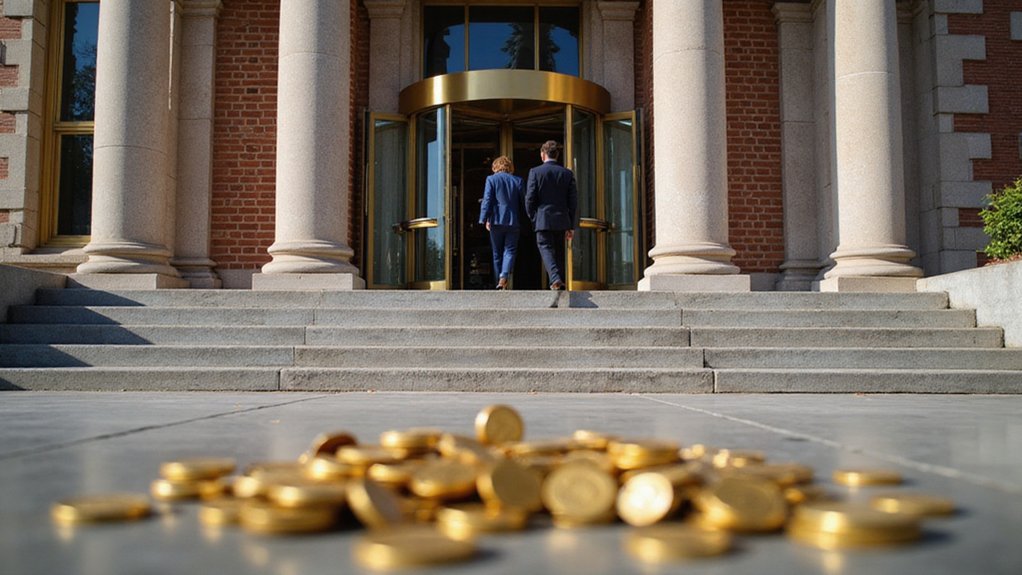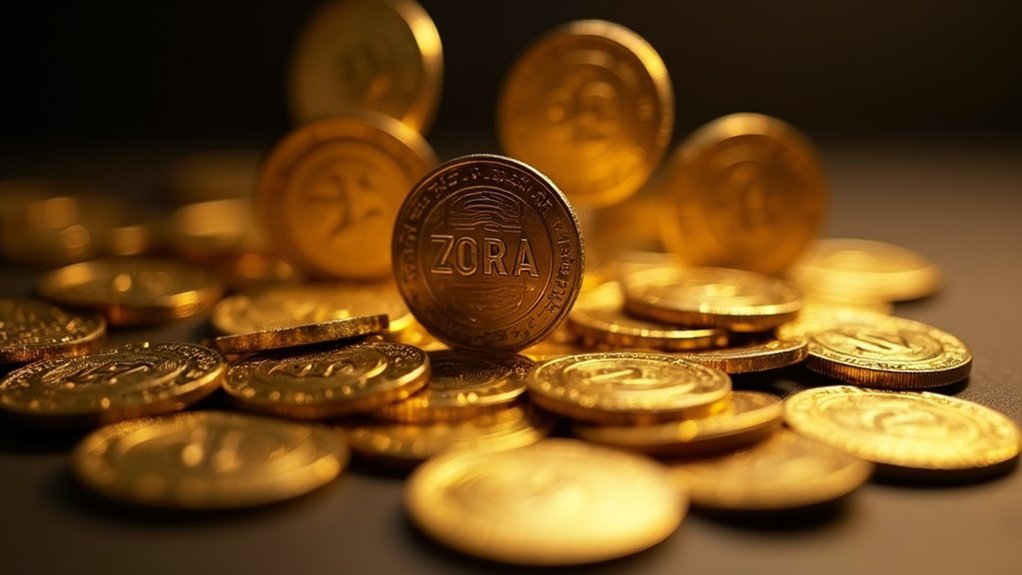Within forty-eight minutes on June 9, 2025, Plasma’s stablecoin vault accomplished what might charitably be called the financial equivalent of a feeding frenzy—raising $500 million from over 1,100 wallets through the Sonar platform, a subsidiary of Echo specifically designed for initial coin offerings.
The vault’s composition reads like a stablecoin popularity contest: $345 million in USDC dominated the field, followed by $146.1 million in USDT, $7.5 million in USDS, and a modest $1.21 million in DAI. Individual deposits were sensibly capped at $50 million—because apparently even in crypto’s Wild West, some boundaries remain necessary.
Perhaps most telling was the spectacle of one particularly enthusiastic trader who paid over $100,000 in priority fees to secure early positioning. This created a predictable gas fee bidding war on Ethereum, transforming what should have been a straightforward deposit process into an expensive demonstration of network congestion limitations. The irony of paying exorbitant fees to participate in a project designed to optimize stablecoin transactions was evidently lost on participants. Many participants likely accessed the vault through popular browser extensions like MetaMask, which enable users to interact with decentralized applications on the Ethereum blockchain.
The ultimate crypto paradox: spending six figures in fees to join a platform promising cheaper transactions.
The mechanics reveal interesting contradictions: while $500 million poured into the vault, only $50 million worth of XPL tokens will actually be sold. Depositors can withdraw funds or earn yield while awaiting the token sale, with their assets eventually bridged to Plasma’s mainnet beta while maintaining full ownership—a structure that blends traditional ICO mechanics with enhanced investor protections. The raise fulfilled a major funding goal that had been established in late May.
This frenzied reception suggests a revival of ICO-style fundraising, driven by growing regulatory clarity and market maturation. The project leverages Bitcoin’s settlement layer to optimize stablecoin transactions, tapping into renewed investor enthusiasm for stablecoin-focused blockchain infrastructure. Following this success, Plasma builds on their previous $24 million funding round that was anchored by Framework Ventures in February.
The rapid vault filling indicates broader institutional interest in stablecoins and reflects a maturing market with increased investor confidence. However, the scalability challenges exposed by the high transaction fees highlight persistent issues in Ethereum-based token sales, raising questions about whether the infrastructure can adequately support the enthusiasm it generates.
Plasma’s success ultimately demonstrates both the potential and paradoxes of contemporary crypto fundraising—where technological promise meets practical limitations in spectacularly expensive fashion.









